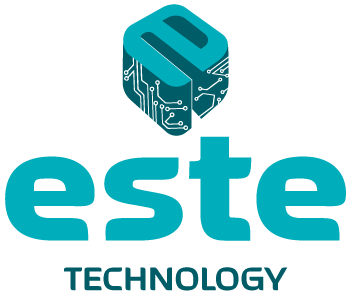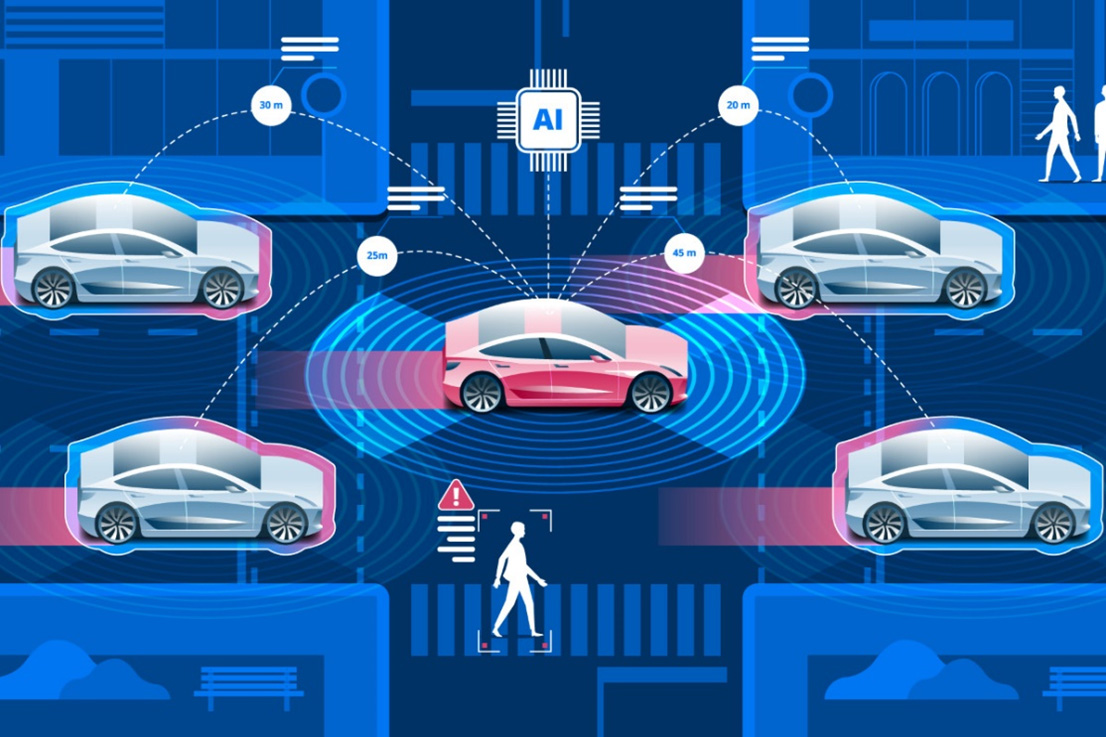Radar trustEd Perception through mUltilevel safeTy And safety of inTended functIOnality diagNosis
CUP – E93C22001070001
FONDO NEXT GENERATION EU
M4C2I1.4
MOST – SPOKE 6, Theme B – Vehicle Platforms, Topic B.4 – Design and development of support systems (sensors, actuators, ECUs, communication systems, etc.) for the development of autonomous industrial vehicles (e.g., forklifts)
Sustainable Mobility and Autonomous Driving
E.S.T.E. is among the winners of the cascade funding call ‘Sustainable Mobility Center’, published by UNIMORE with the Decree of the Director General Rep. No. 200/2024 – Prot. No. 123487 dated 17/05/2024, as SPOKE 6 of the National Center for Sustainable Mobility (MOST).
The project was approved for funding by the Decree of the Director General Rep. No. 568/2024 – Prot. No. 317740 dated 20/11/2024.
SPOKE 6 | Development of autonomous and connected driving systems aimed at reducing road accidents and improving the safety of road users.
A crucial aspect is the training of personnel responsible for managing and maintaining autonomous driving systems, using advanced technologies such as artificial intelligence and virtual reality.
UNIMORE looks to the future as a “research university” capable of developing new knowledge, fostering in its students a culture of personal growth, discovery, creativity, and innovation, and opening up to the European context through an increasing presence in educational and research networks.
The project is funded under the National Recovery and Resilience Plan (NRRP – Mission 4, Component 2, Investment 1.4) by the European Union through the Next Generation EU program, with the aim of promoting and revitalizing the country’s technological and digital transformation.








